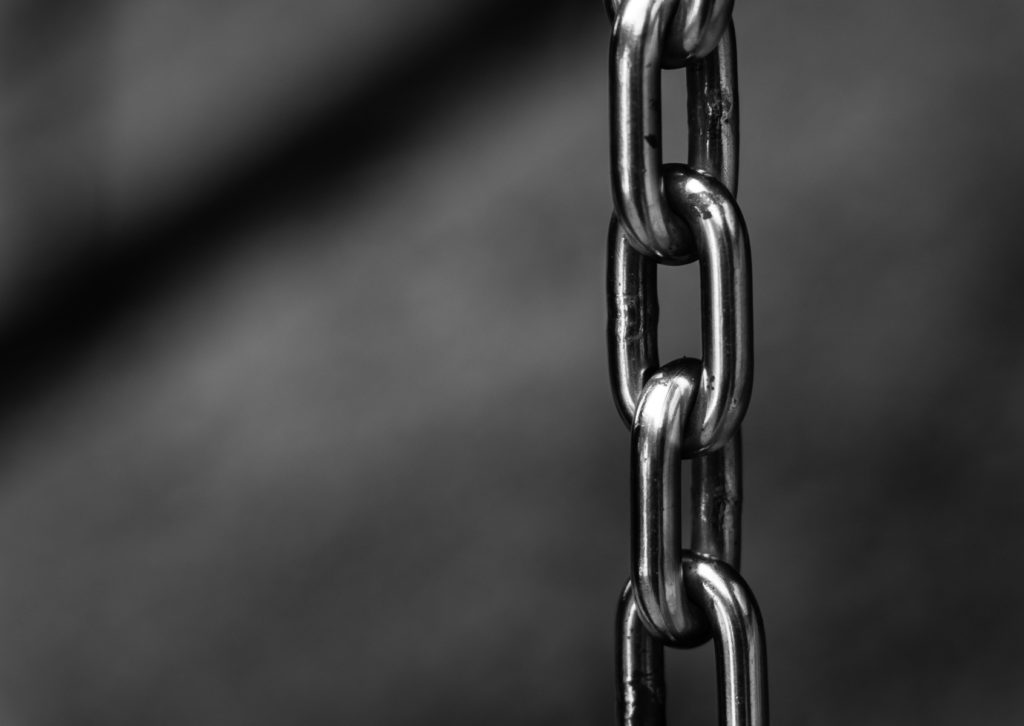An interesting quality of stained/leaded glass is its durability and potential longevity. This is evidenced by the many historic buildings you see around Europe, centuries old, whose stained glass is still intact, some even lasting through two world wars.
What makes it robust is its structure. Several pieces of glass are encased by lead. The lead tends to absorb much of the shock of impact, dispersing it. So if a panel sustains damage through impact or whatever reason, it is usually to one or a few individual glass pieces, which can be easily replaced. The majority of the work tends to remain unharmed, whereas with regular glass or tempered glass, one crack or rupture is usually cause to replace the entire thing.
Also, when individual glass pieces in a leaded glass work get damaged, they tend to crack mostly, rarely shattering. Compare this to regular glass which shatters and splinters its shards everywhere or with tempered glass, which crumbles and ricochets and scatters.
In the case of a burglary, leaded glass is actually a deterrent. If a would-be thief attempts to break into a property and is confronted with a large sheet of glass, it is easy to shatter it with one strike or to cut out a section and thus make a large enough space to crawl through. With leaded glass, the intruder would have to break each piece of glass, and would then have the lead as an additional barrier, making it very time-consuming and nearly impossible to break through, making it too much of an effort and thus acting as an effective discouragement.
When one attempts stained/leaded glass using poor or shoddy labor or materials in order to cut corners, they undermine its structural integrity and make their finished product faulty and much more prone to structural damage. This goes without saying.
But, if constructed traditionally and properly, stained/leaded glass is known for its sturdiness and tends to hold up well, even during earthquakes, and can last possibly for centuries.


